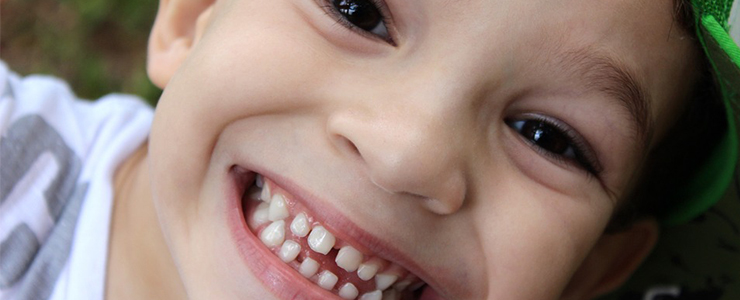“My child’s milk tooth has turned grey. What should I do?”
Toddlers and young children are always getting into scrapes, with bumps, knocks and tumbles commonplace as they explore their surroundings. It is not uncommon for a youngster to knock their milk teeth, and sometimes this can cause problems.
Milk teeth have an important role so need to be looked after more carefully than some may think. They are placeholders for the adult teeth that emerge later, so if the milk teeth become damaged then this can affect the spacing and alignment of adult teeth as they come through later. At CK Dental, we work with parents to ensure that milk teeth are looked after properly and that any concerns are addressed quickly.
Colour change following an impact
If a milk tooth receives a hard knock, then it may discolour and start to turn grey, yellow or black in colour. This often happens two to three weeks after the initial accident. This means that the tooth’s blood supply has been affected and it is struggling to get the necessary amount of blood. Inside the tough enamel coating of each tooth is a soft centre, which is fed by a nerve. If the nerve has become damaged, then it can cause the soft centre to die.
This isn’t always cause for concern, depending on the severity of the knock sometimes the tooth will lighten again of its own accord, although this can take a long time. The tooth will need to be inspected by a dentist though as it may have been seriously damaged and could need removing if the nerve has been too badly affected. Your dentist will make a judgement of whether or not it is best to remove the tooth. Sometimes it will be appropriate to leave the tooth where it is, but sometimes the affected soft centre of the dead/dying tooth can create a breeding ground for bacteria which can lead to infections.
Other things to watch out for
It is important to keep a close eye on the gums around a damaged milk tooth, and if you see any lumps, bumps, redness or swelling then make an appointment to see your dentist quickly as this could be an infection or abscess.
If you recognise these symptoms in your child, then it is important to arrange to see your family dentist for a professional examination to ensure that your child receives the best treatment for any damaged teeth.











